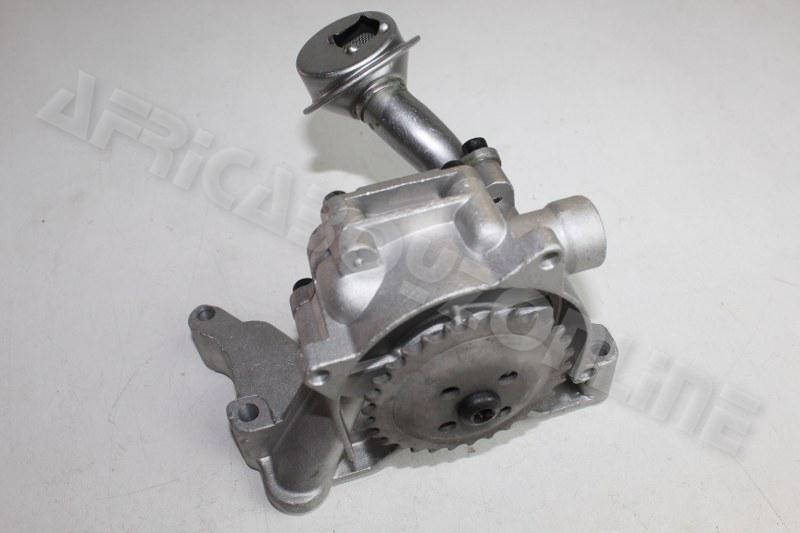Find the best clp engine for your specific needs.
Just How a Clp Engine Can Enhance Performance in Various Industries
The introduction of CLP engines notes a substantial shift in operational efficiency throughout numerous markets, driven by their ability to maximize fuel usage and minimize downtime. As organizations progressively prioritize sustainability alongside efficiency, the role of CLP engines comes to be also extra vital.
Summary of CLP Engines
CLP engines, or Continual Liquid Propellant engines, represent a significant development in propulsion technology, especially for area applications. These engines use a constant feed system that permits the sustained expulsion of propellant, resulting in improved effectiveness and efficiency compared to conventional solid or hybrid propulsion systems. By keeping a constant circulation of liquid propellant, CLP engines can accomplish much more accurate thrust control, which is crucial for steering spacecraft in various goal circumstances.
The style of CLP engines incorporates sophisticated materials and ingenious gas management systems. clp engine. This causes reduced weight and raised integrity, necessary aspects for long-duration area missions. The constant procedure minimizes the danger of burning instability, an usual difficulty in conventional rocket engines.

Advantages in Manufacturing
The manufacturing of Continual Fluid Propellant (CLP) engines provides several noteworthy advantages that improve both performance and cost-effectiveness. Among the main advantages is the structured production process, which decreases the complexity connected with traditional propulsion systems. By utilizing liquid propellant, makers can achieve better accuracy in engine performance, bring about maximized power output and lowered waste.
In addition, CLP engines help with a greater degree of modularity, enabling less complicated integration into numerous manufacturing lines. This adaptability can considerably reduce preparations and improve total operational versatility. Making use of CLP technology also often tends to reduce the demand for extensive maintenance as a result of fewer moving parts, which equates right into reduced downtime and operational costs.

Applications in Logistics
Leveraging Constant Liquid Propellant (CLP) engines in logistics offers significant benefits in functional performance and reliability. These engines provide a robust option for different transportation requirements, enabling the smooth movement of goods throughout large ranges. The integral design of CLP engines enables constant power output, which converts into smoother and extra foreseeable transportation timetables.
Among the key applications of CLP engines in logistics remains in sturdy freight transportation, where they can drive both ground and aerial lorries. Their capability to preserve high efficiency under varying load conditions makes my company sure that delivery timelines are fulfilled, thus enhancing consumer satisfaction. Furthermore, CLP engines can be integrated right into automated logistics systems, promoting real-time monitoring and enhancing route planning.
Moreover, the sturdiness of CLP engines decreases upkeep downtime, enabling logistics firms to maximize their functional abilities. This is especially valuable in warehousing operations, where performance in dealing with and transferring goods is important. As logistics remains to develop, the assimilation of CLP engines represents a forward-thinking strategy that not just enhances performance however likewise supports the industry's expanding demands for dependability and speed.
Effect On Energy Efficiency
How do Constant Fluid Propellant (CLP) engines boost power performance in transport? CLP engines utilize a consistent circulation of liquid gas, maximizing combustion procedures and preserving a secure drive output. This design decreases power losses connected with standard combustion engines, where gas delivery can differ and lead to inadequacies.
The continual procedure of CLP engines enables a much more efficient thermal cycle, causing higher specific impulse contrasted to standard engines. clp engine. This translates to lowered gas usage for the exact same amount of job done, substantially decreasing functional expenses throughout various transport sectors, consisting of aeronautics and maritime industries
Moreover, the ability of CLP engines to maintain optimal efficiency under varying tons problems lowers the demand for constant acceleration and slowdown, better enhancing gas efficiency. Improved energy effectiveness not just adds to cost savings yet additionally results in reduce greenhouse gas emissions, lining up with global sustainability goals.
Future Trends and Innovations
Arising advancements in Continuous Fluid Propellant (CLP) engine modern technology pledge to revolutionize the landscape of transportation effectiveness and sustainability. As markets pivot toward greener choices, CLP engines stand at the center, incorporating cutting-edge products and design methodologies that enhance efficiency while minimizing ecological influence.
One of the most encouraging trends is the fostering of hybrid systems that combine CLP engines with renewable energy resources. This harmony can enhance gas consumption and decrease exhausts, lining up with global sustainability objectives. Developments in computational liquid characteristics (CFD) are helping with the design of more aerodynamically reliable engines, leading to minimized drag and improved gas effectiveness.
Additionally, the development of clever monitoring systems is readied to improve operational efficiencies. These systems discover this info here leverage data analytics and YOURURL.com IoT modern technology to enhance engine efficiency in real-time, making certain that the engines operate within their most effective criteria.
As study remains to explore alternative propellant formulations-- such as biofuels and artificial gas-- the future of CLP engines looks promising. By harnessing these technologies, sectors can not just enhance their efficiency however also contribute significantly to a cleaner, extra lasting future in transportation.
Final Thought
In conclusion, CLP engines represent a substantial innovation in effectiveness throughout numerous sectors. The integration of innovative materials and fewer relocating parts reduces maintenance needs, while alignment with sustainability goals settings CLP engines as an essential modern technology for the future.